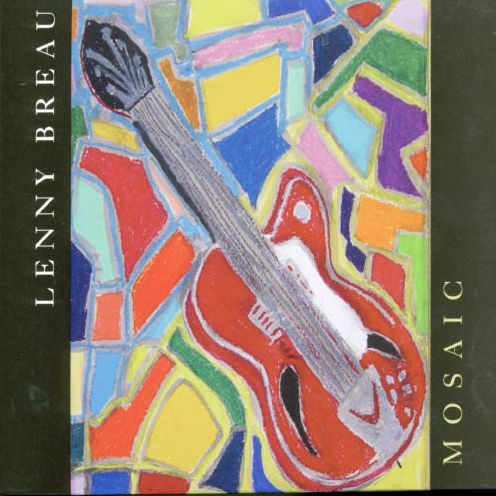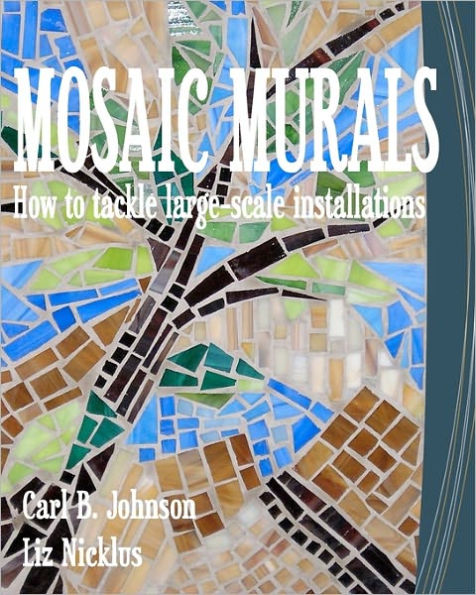Home
The Mosaics of Delos
Barnes and Noble
The Mosaics of Delos
Current price: $12.00


Barnes and Noble
The Mosaics of Delos
Current price: $12.00
Size: OS
Loading Inventory...
*Product information may vary - to confirm product availability, pricing, shipping and return information please contact Barnes and Noble
When, from the seventeenth century onwards, antique mosaics were discovered in ancient excavations in Italy they were more often than not cut out and removed from the buildings where they were found. Collectors prized their figured panels as remains of antique painting, or they decorated the floors of their newly built palaces with them. In either case, only the part that was removed was conserved, while what remained in place was doomed to destruction sooner or later. Large collections of mosaics were compiled in the great museums of the western capitals and at Carthage and Antioch up until the first half of the twentieth century. By contrast, the pavements of Delos, unearthed at the time of the first excavations in the late nineteenth century, were left in place, with only fragments from the upper storeys of houses being deposited with the museum. Thereafter a few very rare panels in danger on the site were removed and presented to the museum, but they did not leave the island, unlike a number of sculptures, for example, now housed in the National Archaeological Museum of Athens. The mosaics of Delos are all preserved on the island and, in the great majority of cases, in their original location, maintained in an exceptional setting since the entire island is a protected archaeological site. This first distinguishing feature of the Delos mosaics means they can be studied within their proper architectural setting. Their second distinguishing feature is that they are many in number and almost all of them are contemporaneous having been produced over a comparatively short span of time between 130 and 68 BC. They therefore form a unique group both for the study of mosaics and, in conjunction with the paintings and stuccos of the same buildings, for the study of architectural decoration of Hellenistic times.


















